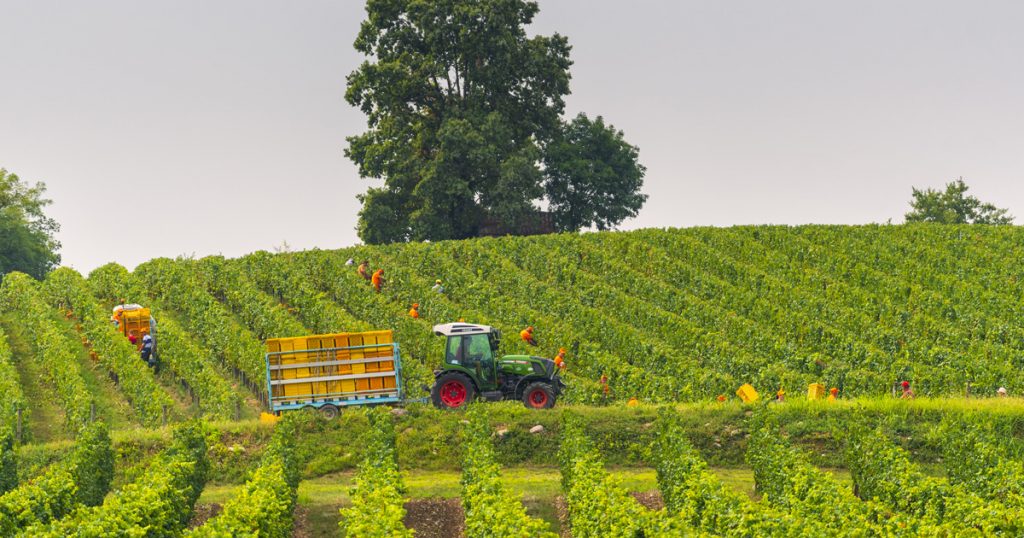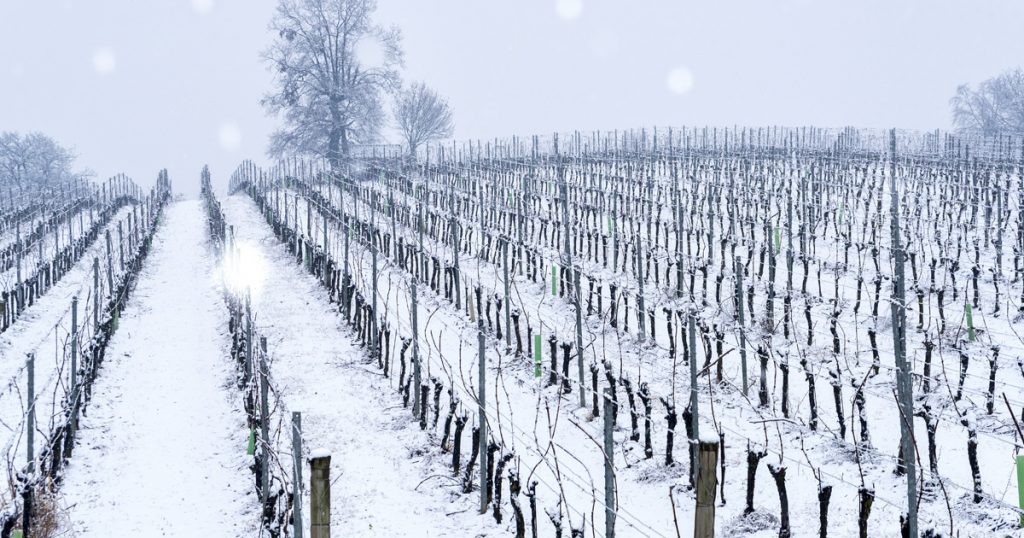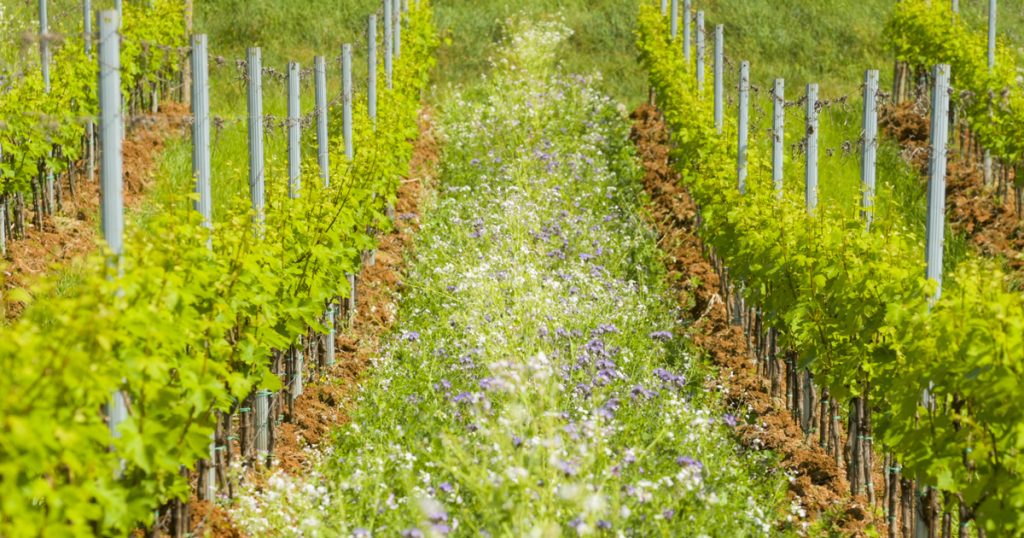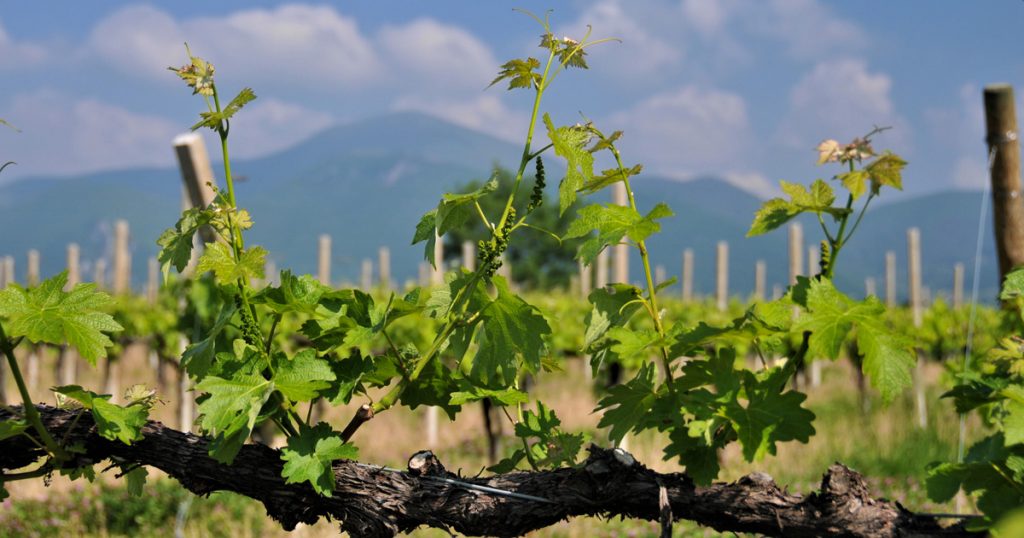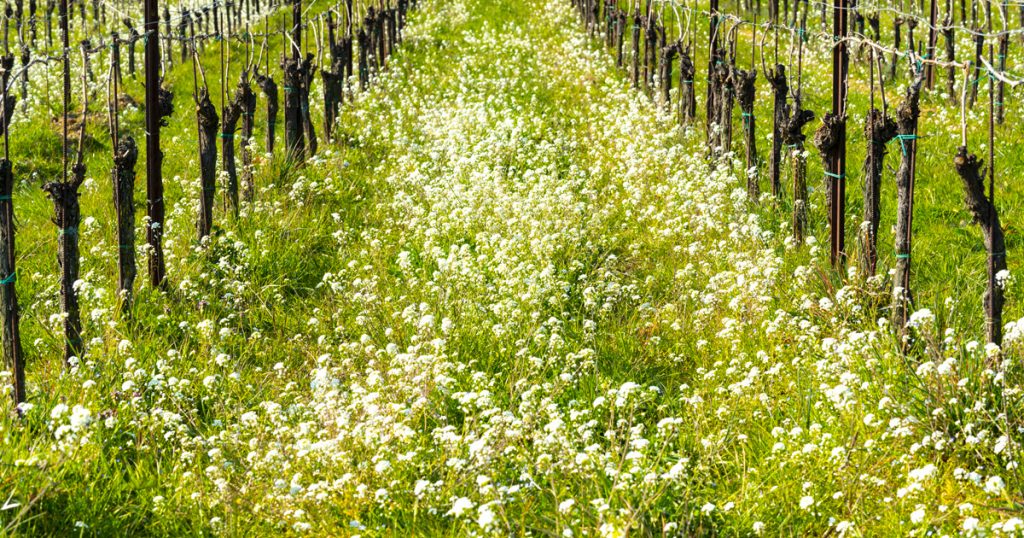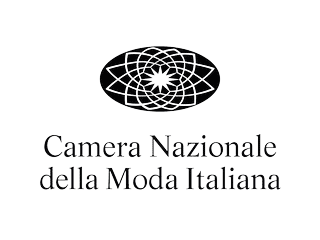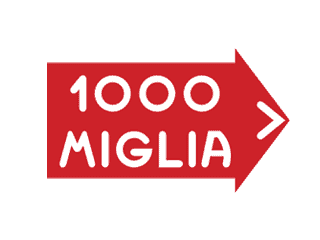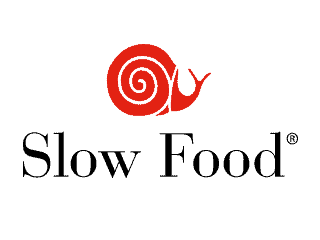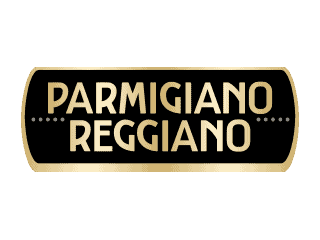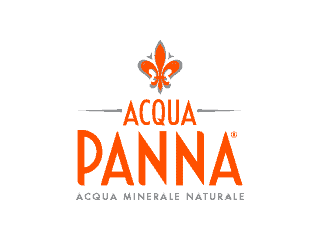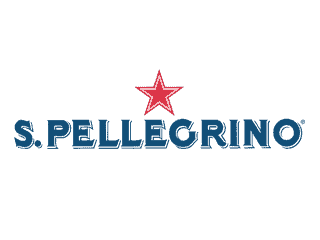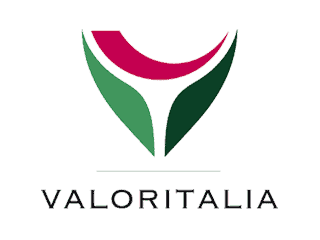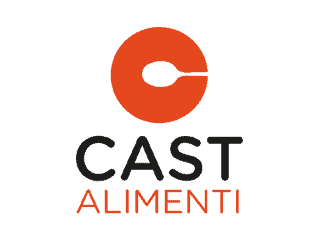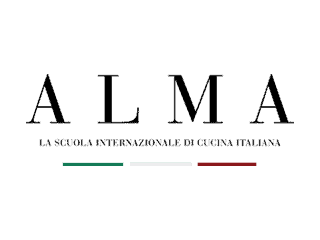A first joint project with Milan University’s Istituto di Patologia Vegetale was set up in 2019 to support wineries in defending their vines from downy mildew. This was born out of the increasingly common need to limit anti-parasite treatments in favour of integrated defence, as in organic winemaking. The purpose is to supply the largest quantity of information possible in order to increasingly optimise and limit the use of plant protection products. Providing indications on the conditions which predispose plants to primary infection with this fungus means supplying winemakers with the additional information they need to decide how to plan prevention and, potentially, delay this.
Specifically, in 2021, a Franciacorta project was drafted in 2020 and then blocked as a result of the pandemic. Sites were chosen (3 vineyards) in which to position bags containing leaf fragments with high concentrations of oospores (the pathogen’s winter form) prepared in the lab from leaves gathered in the field. Samples were placed on top of the soil in the vineyards near rows in order to simulate the natural overwintering process in oospores present in infected leaves which have fallen to the ground. From mid-March 2021 onwards, until approximately the end of June 2021, samples were taken from each site on a weekly or twice-weekly basis and taken to the lab for germination testing. Then the following were calculated: the percentage of oospores germinated and minimum and maximum germination time frames. In conjunction with the oospore germination dynamic study, the project planned to use the EPI (Etat Potentiel d’Infection) forecasting model to assess the epidemic risk throughout the growing season, thus supplying growers, agronomists and technicians with up-to-date and accurate indications enabling them to improve their intervention criteria and rationalise farming anti-downly mildew action.
The EPI model simulations covered a total of ten vineyards, selected to be as representative of Franciacorta as possible. The series of meteorological data required by the model for its graphic output was recorded in meteorology cabins in the vineyards selected and made available on the related Fieldclimate platform. From the starting point of the moment at which the vines reached pathogen receptivity surveys were carried out on a weekly basis (on leaves and bunches) designed to monitor natural epidemiological trends in the disease and assess its effects through the season.
This was made possible by setting up an untreated plot in the reference vineyards made up of 3-4 rows or row sections, named untreated control (TNT) in which non anti-downy mildew treatments had taken place. Information regarding epidemic risk trends, field monitoring of the disease and the oospore germination dynamic is issued in twice weekly bulletins sent to winemakers, agronomists and technicians, as well as the Consortium’s members as a whole.


